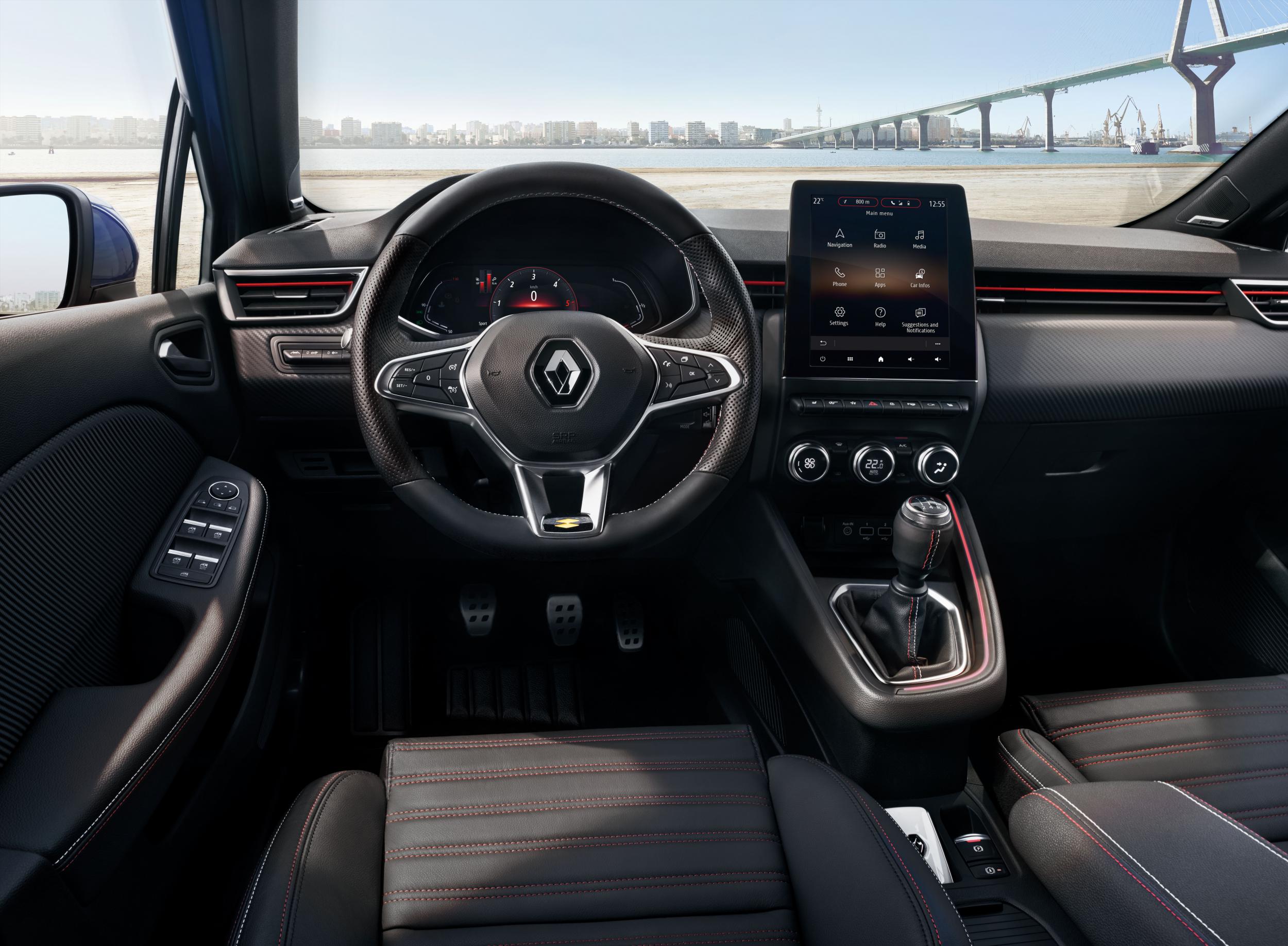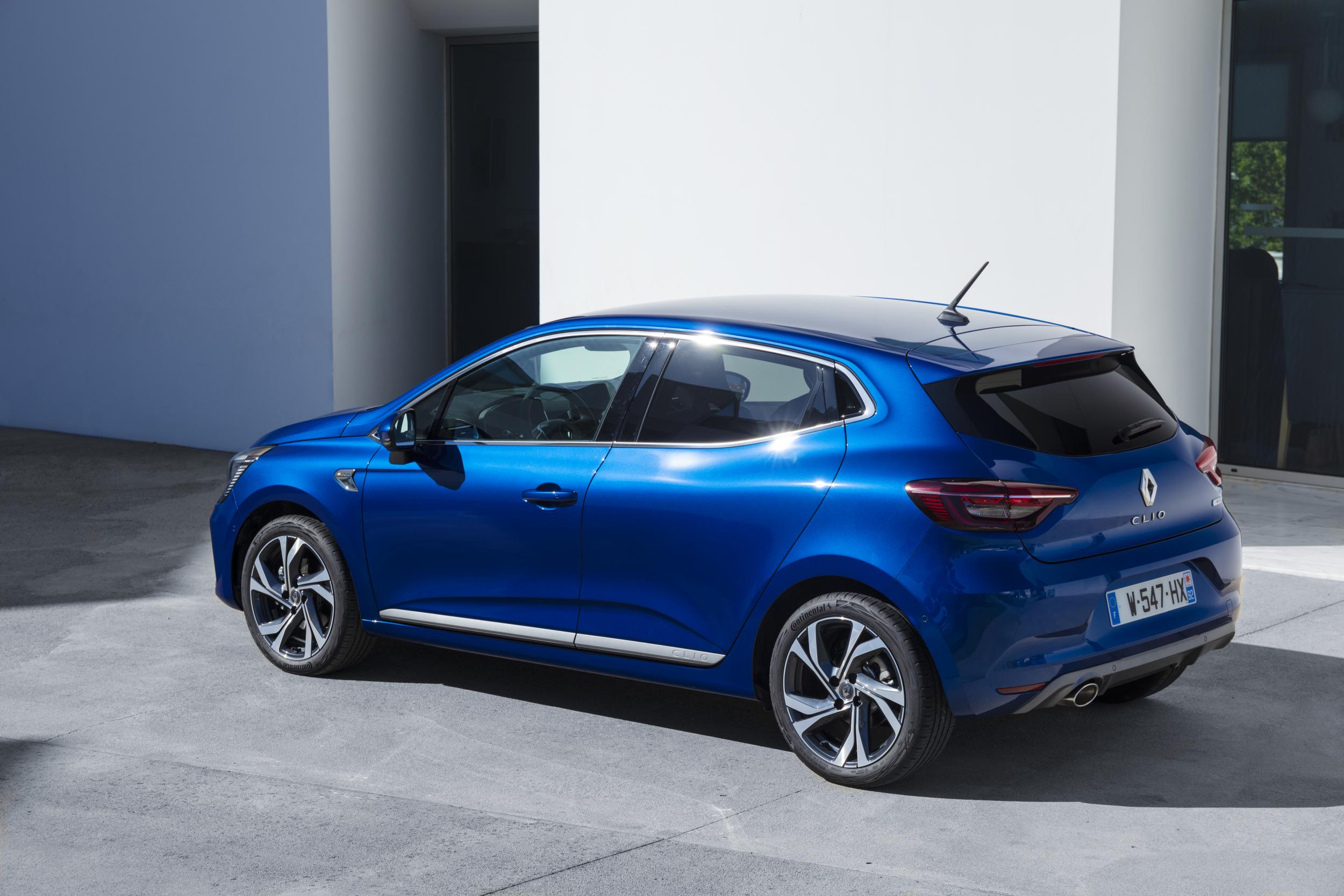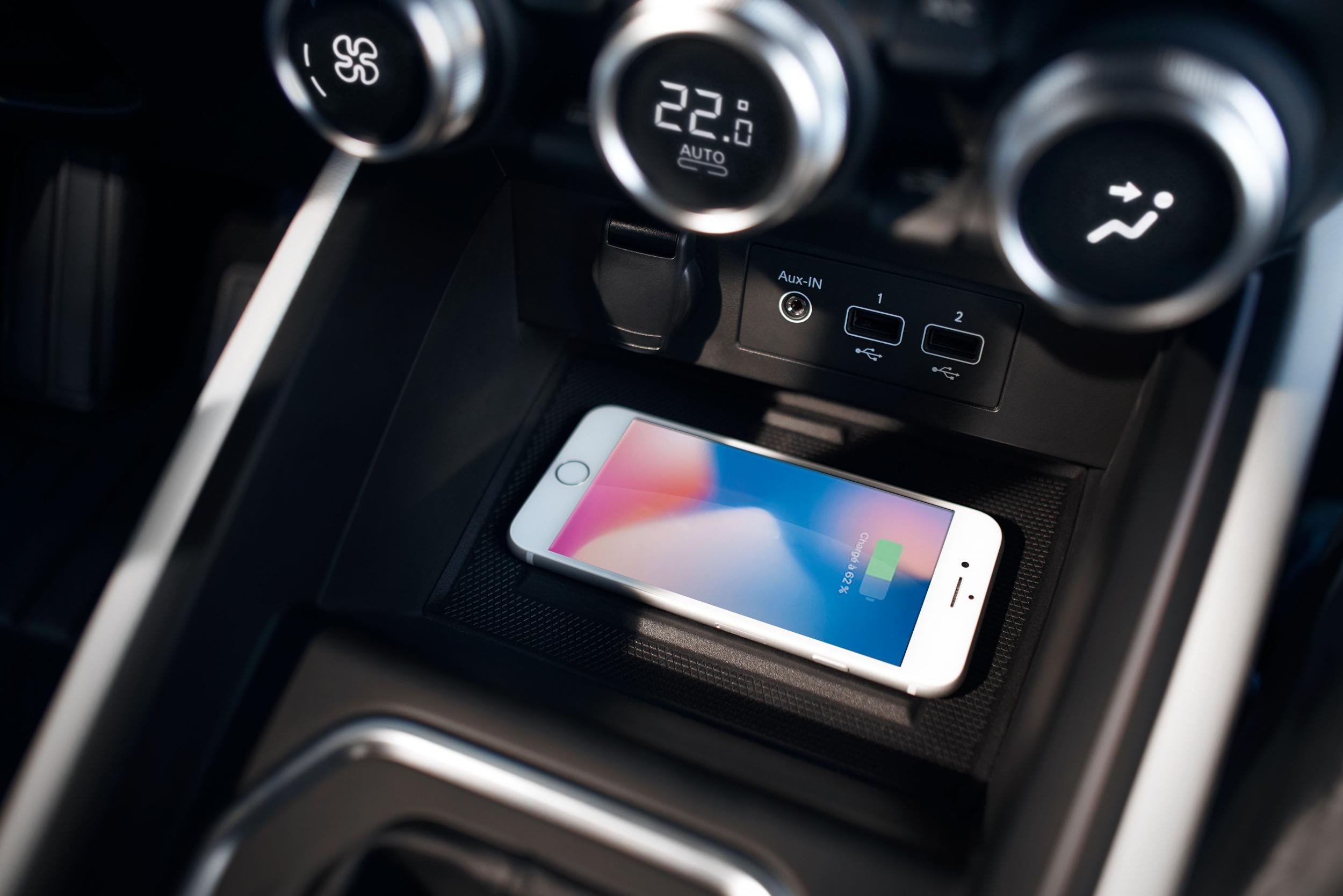
Renault is celebrating the 30th birthday of its highly successful Clio hatchback with a remarkable marketing campaign. You might remember the old “Papa! Nicole!” ads from years ago, playful typically French and with romantic undertones; and various other rather more forgettable attempts to flog the little car. Now, Renault have gone for a two-minute-long, tenderly told story of lifelong lesbian love. Words I never thought I’d write.
What’s more, there is no media outcry, few if any protests to Ofcom and no bricks hurled though the plate glass windows of Renault showrooms. Indeed some might consider the fact that it is a British girl and a French girl who are in love as some sort of intolerable pro-Remain propaganda, but I’ve not seen that voiced either (I am prepared to have my complacent assumptions about modern liberal Britain shattered, of course).
Anyway it’s all very nice, and it perfectly echoes the time of “thirty years in the making”. Can I feel the same indulgent way towards the Renault Clio Iconic (their word, not mine) TCe 100 in Celadon Blue?

Well, like most long-term relationships, there are some mixed feelings. I did drive a Clio once, many years ago – the mark 2 version, which was a blobbier version of the sharply creased first iteration from around 1990. They all carried over much of the venerable running gear form the Renault 5, and could thus trace some of their Gallic DNA back to about 1972.
What I recall most about the old Clio was the delight at finding a remote control for the radio/cassette, as I think it was in those days, on the steering wheel. Or rather just behind it to the right, just below the stalks for the wipers. So you didn’t have to roll over the front seats to tune into Brian Redhead interviewing Nigel Lawson, or Danny Baker in the days when he was allowed to work.
What a wonderful step forward for humankind, I thought, and a pioneering breakthrough for the French auto industry to be shared with all of humanity. My joie de vivre was overflowing as I sped down the Great West Road as I recall, which was a sensation, then as now, seldom experienced.

Decades on, and in the very latest version of the Clio, the fifth in fact, they have the very same arrangement, but now of course I find it absurdly archaic and annoying. Rather than being plonked properly on the steering wheel, or even on some buttons on the reverse of it (but still on the actual wheel) the same button-and-dial pod is lurking same as it ever was, a constant in the life of the loyal Renault Clio owner. Perhaps when technology has moved on another couple of generations and everyone else can get Absolute 80s, TalkSport or Virgin Anthems through mind control, Clio owners will still be twiddling their little knobs instead.
The spec
Renault Clio Iconic TCe 100
Price: £18,105 (as tested, range starts at £14,295)
Engine capacity: 1-litre petrol; five-speed manual
Power output (hp@rpm): 100@5,000
Top speed (mph): 116
0 to 60 (seconds): 11.8
Fuel economy (WLTP): 54.3
CO2 emissions (g/km): 99
It got me to thinking where else the progress was and wasn’t. The seats are less supportive and softly comfortable on short or long journeys as I recall them, and I actually preferred that deep fluffy velour you used to get in the 1970s and 1980s to the leather trim or, as here in this lower spec new Clio, the plain cloth we’re treated to nowadays. The seats were, frankly, a bit too thin, far from the Napoleonic thrones I remember from the past.
Then there’s how the thing goes. The old petrol Clio had robust conventional four-cylinder units of, in my case, 1.4 litres, and they responded well to a bit of encouragement, in the way French cars of the time usually did, (and also rolled around a lot while still hanging on to the tarmac – entertaining and impressive). Like practically every small car nowadays, my test Clio had a three-cylinder engine that felt almost as lively but with a more unpleasant engine tone than in the past. The Vauxhall Astra I tried last week was rather better, as is the Nissan Juke as an all-round concept), which shares much of its componentry with the Clio.

On most measures, of course, the Clio has moved on immeasurably over the years. It’s better equipped – satnav built in, air con, cruise control, lane assist, emergency braking, traffic speed limit sign recognition…you can charge your phone by induction. It will (probably) last longer, rust less easily, protect you more in a smash, and be much cheaper to run. Yet there was something missing in this new Clio. Maybe something of the romantic attachment I recall to the old one. Still, you can’t go back, can you?







